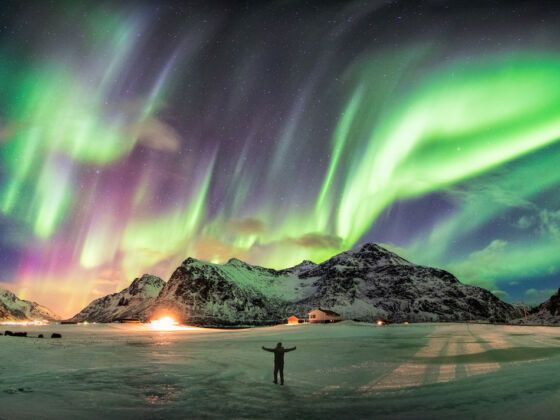Gazing up at the northern lights often appears on travelers’ bucket lists, but after next year, they’re going to be much more difficult to see.
The northern lights take place on an 11-year solar cycle. Solar activity, including massive solar eruptions, can occur anytime and produce intense aurora, but those eruptions occur erratically and unpredictably. The 11-year cycle creates a period of frequency, but according to Peter Delamere, associate professor of space physics at the Geophysical Institute, we are at the beginning a downward leg of the cycle.
This means less frequent northern lights, an effect that will likely last until 2024 or even 2026. But lucky for you, 2015 and 2016 will still provide ample sky shows and there’s still time to see the aurora borealis in all its glory.
Here are some prime viewing spots around the world.
